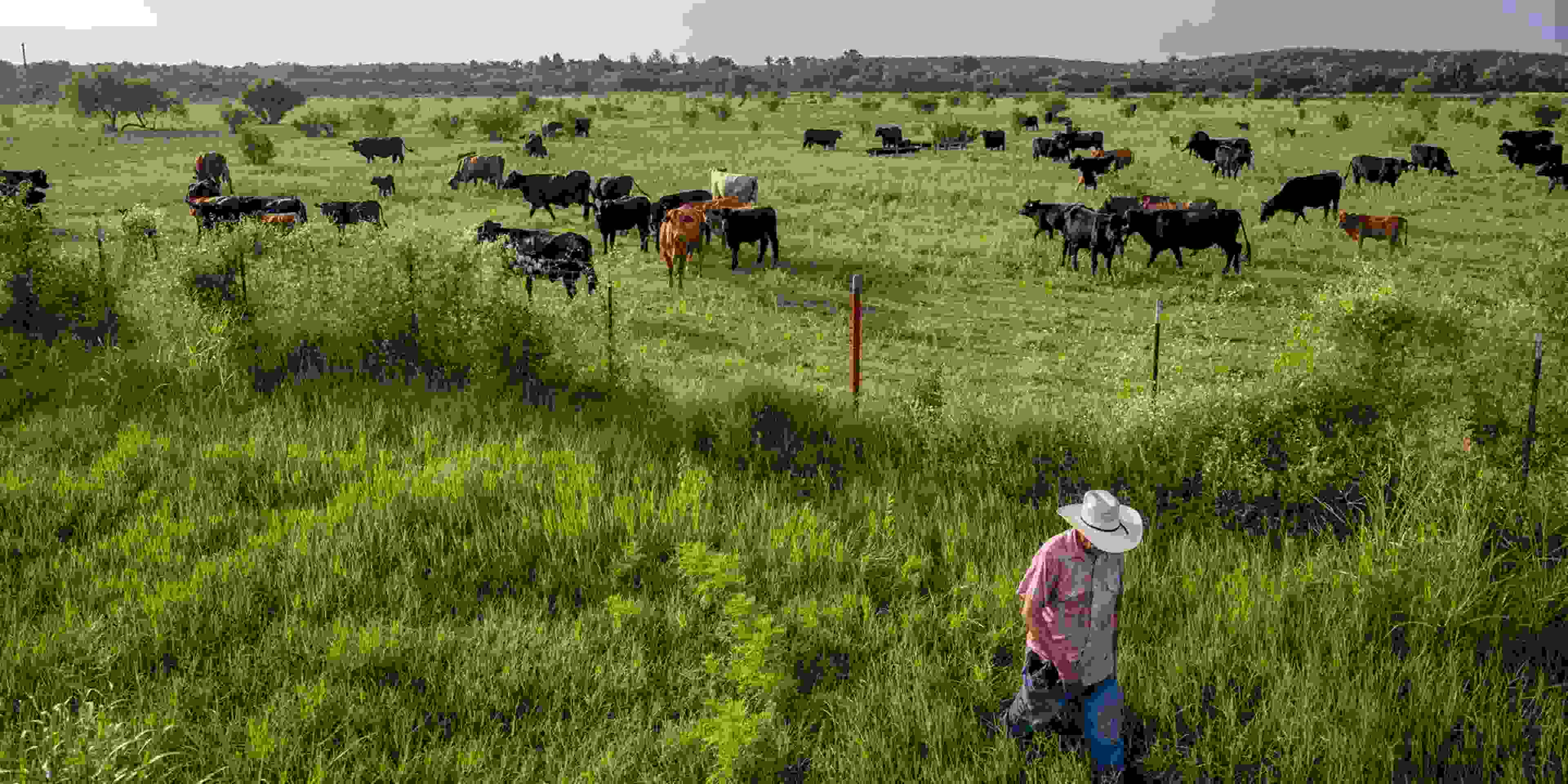Siberia - The Eskimo, more accurately known as the Inuit, are Indigenous peoples who have thrived for centuries in some of the coldest regions on Earth. Their communities are spread across several countries, including Canada, Greenland, the United States (Alaska), and parts of Siberia in Russia. Despite living in extreme Arctic conditions, the Inuit have developed a rich culture, advanced survival skills, and deep respect for nature.
One of the most distinctive aspects of Inuit life is their adaptation to the harsh climate. Traditional winter shelters, such as the famous igloo, were built from blocks of snow, providing insulation against freezing temperatures. In warmer months, Inuit families often lived in tents made from animal skins.
Hunting and fishing are at the core of Inuit survival. They rely on marine animals like seals, whales, and walruses for food, clothing, and tools. Fish such as Arctic char are also a dietary staple. The Inuit practice sustainable hunting, ensuring that no part of the animal is wasted—a principle rooted in respect for the environment.
Inuit clothing is specially designed for Arctic weather. Parkas made from caribou or seal skins, lined with fur, offer superior warmth and protection. Boots, known as kamiks, are handcrafted from animal hides and insulated with grass or moss.
Culturally, the Inuit have a strong tradition of storytelling, songs, and dances that preserve their history and values. Many of these stories explain the relationship between humans, animals, and the natural world. In modern times, Inuit communities balance traditional lifestyles with contemporary influences, while continuing to advocate for their rights and protect their Arctic homeland from climate change.
The life of the Inuit people is a powerful example of human resilience, adaptability, and harmony with nature. Their cultural heritage and environmental wisdom continue to inspire people across the globe.
